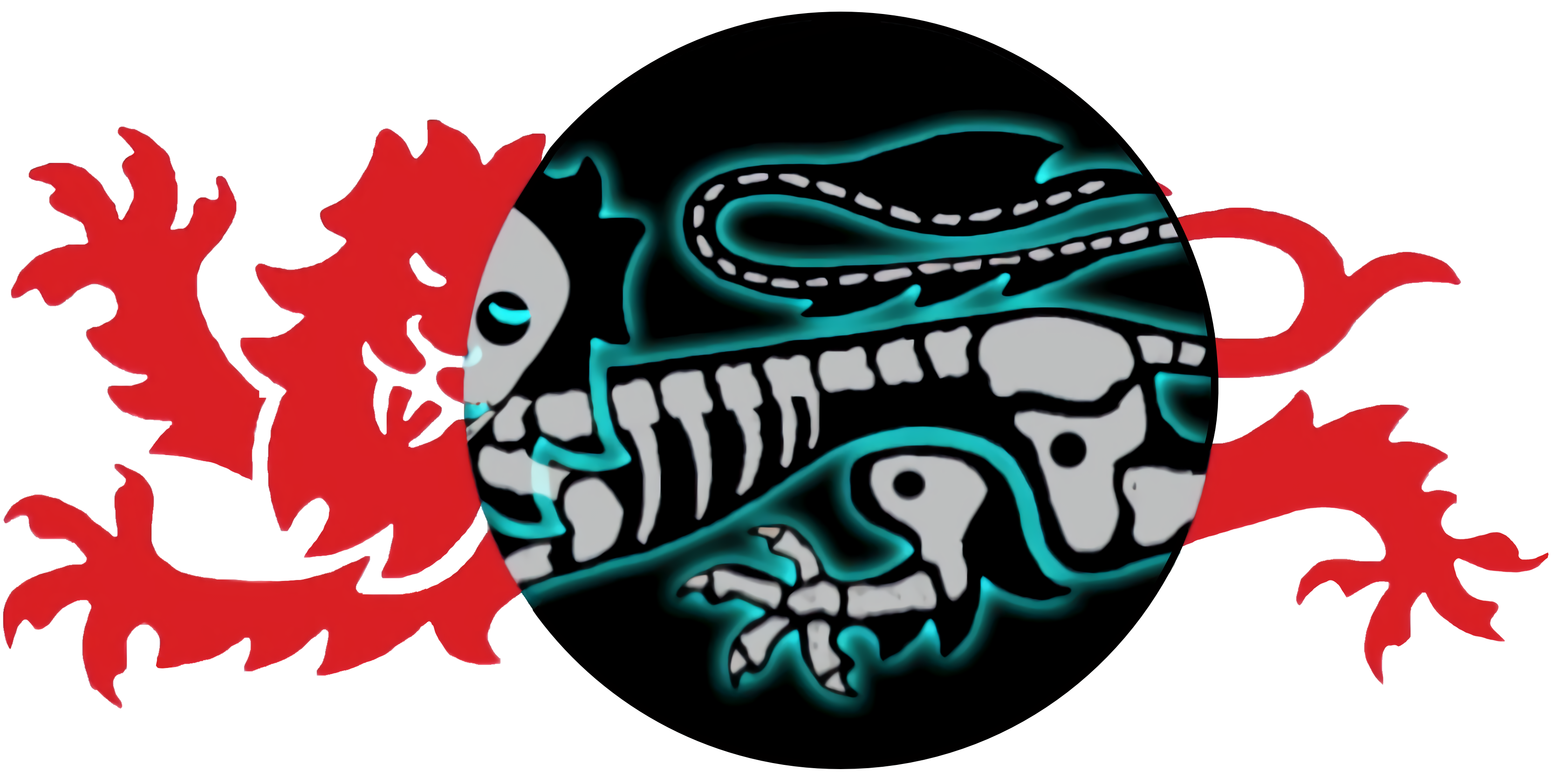Enjoy working thorugh the following questions. We hope they aid your learning. If you have any issues or feedback, please email meded.society@newcastle.ac.uk.
Question 1
Which hormone causes pain when it acts on the gallbladder?
- Secretin
- Cholecystokinin
- Insulin
- Somatostatin
- Gastrin
The correct answer is option b Cholecystokinin
stimulates contractions of gallbladder and common bile duct, opens sphincter of Oddi
a. Stimulates secretion of bicarbonate and water
c. Responds to increased in glucose
d. Omhibits CCl, stopping gastric secreations and emission of GI hormones
e. Stimulate acid secreation g=from gastric parietal cells
Question 2
What cells secreate CCK?
- Alpha cells
- S cells
- Goblet cells
- I cells
- Beta cells
The correct answer is option d I cells
These are the cells in the duodenum that secreate CCK
a. These cells are involved in glucagon secreation in the pancreas
b. These cells secreate secretin
c. These cells secrete mucous into the lower GI tract
e. These are involved in the release of insulin in the liver
Question 3
The cystic duct joins with which duct to form the common bile duct?
- Left hepatic duct
- Common hepatic duct
- Right hepatic duct
- Main pancreatic duct
- Common hepatopancreatic duct
The correct answer is option b Common hepatic duct
This is correct as it forms the common bile duct
a. This forms the common hepatic duct when joined with the right hepatic duct
c. This forms the common hepatic duct when joined with the left hepatic duct
d. This joins with the common bile duct to form the common hepatopancreatic duct
e. This joins with duodenum and is the final duct that releases the contents into the GI tract
Question 4
What is the most abundant solute in bile?
- Bilirubin
- Cholesterol
- Bile salts
- Inorganic salts
- Lecithin
The correct answer is option c Bile salts
Correct as this is the most abundant solute
a. This is in the bile, but is the most abundant solute
b. This is in the bile, but not the most abundant
d. This is in the bile, but not the most abundant
e. This is in the bile, but not the most abundant
Question 5
Which gallstone is most associated with pigment stones?
- High Cholesterol
- Pregnancy
- Increased haemolysis
- Diabetes
- COCP
The correct answer is option c Increased haemolysis
This increase billirubin, which is a key component of pigment stones
a. This is more commonly seen with cholesterol stones
b. This is associated with cholesterol stones
d. This is more commonly seen with cholesterol stones
|e. This is more commonly seen with cholesterol stones
Question 6
Which biomarker would not be raised in acute cholecystitis
- Bilirubin
- Alkaline phosphatase
- Alanine transaminases
- Gamma-glutamyl-transferase
- Amylase
The correct answer is option e Amylase
This is not raised at the disease is before the pancreas
a. This would be raised due to the acute liver inflammation
b. THis would be raised due to cholestasis
c. This would be raised due to the acute liver inflammation
d. This is raised when ducts are damaged
Question 7
Which is not a function of the liver?
- Synthesis of clotting factors
- Synthesis of erythropoietin for RBC production
- Metabolism and storage of glucose
- Vitamin storage
- Synthesis of proteins, such as albumin
The correct answer is option b Synthesis of erythropoietin for RBC production
This is a function of the kidney, not the liver
a. This is a function of the liver
c. This is the function of the liver
d. This is a function of the liver
e. This is a function of the liver
Question 8
What is the most common source of secondary liver tumours?
- Malignant melanoma
- Colorectal
- Kidney
- Oesophageal
- Cervical
The correct answer is option b Colorectal
The tumour metastasises through the portal vein
a. This is common, but not the most common
c. This is common, but not the most common
d. This is not the most common
e. This is not a common site
Question 9
What part of the pancreas is intraperitoneal
- Head
- Neck
- Body
- Tail
- Ulcinate
The correct answer is option d Tail
This is the only part not retroperitoneal
a. This is retroperitoneal
b. This is retroperitoneal
c. This is retroperitoneal
e. This is retroperitoneal
Question 10
What ligament of the liver attaches o the inferior surface of the diaphragm
- Falciform ligament
- Coronary ligament
- Right triangular ligament
- Left triangular ligament
- Lesser omentum
The correct answer is option d Left triangular ligament
This is formed by the union of the anterior and posterior layers of the coronary ligament at the apex of the liver and attached the left lobe to diaphragm
a. Attaches to the anterior surface of the liver and anterior abdominal wall
b. This attaches the superior surface of the liver to the inferior surface of the diaphragm
c. This is formed with the uniomn of the anterior and posterior folds of the coronary ligament
e. This attaches the lesser curvature of the stomach and the first part of the duodenum
